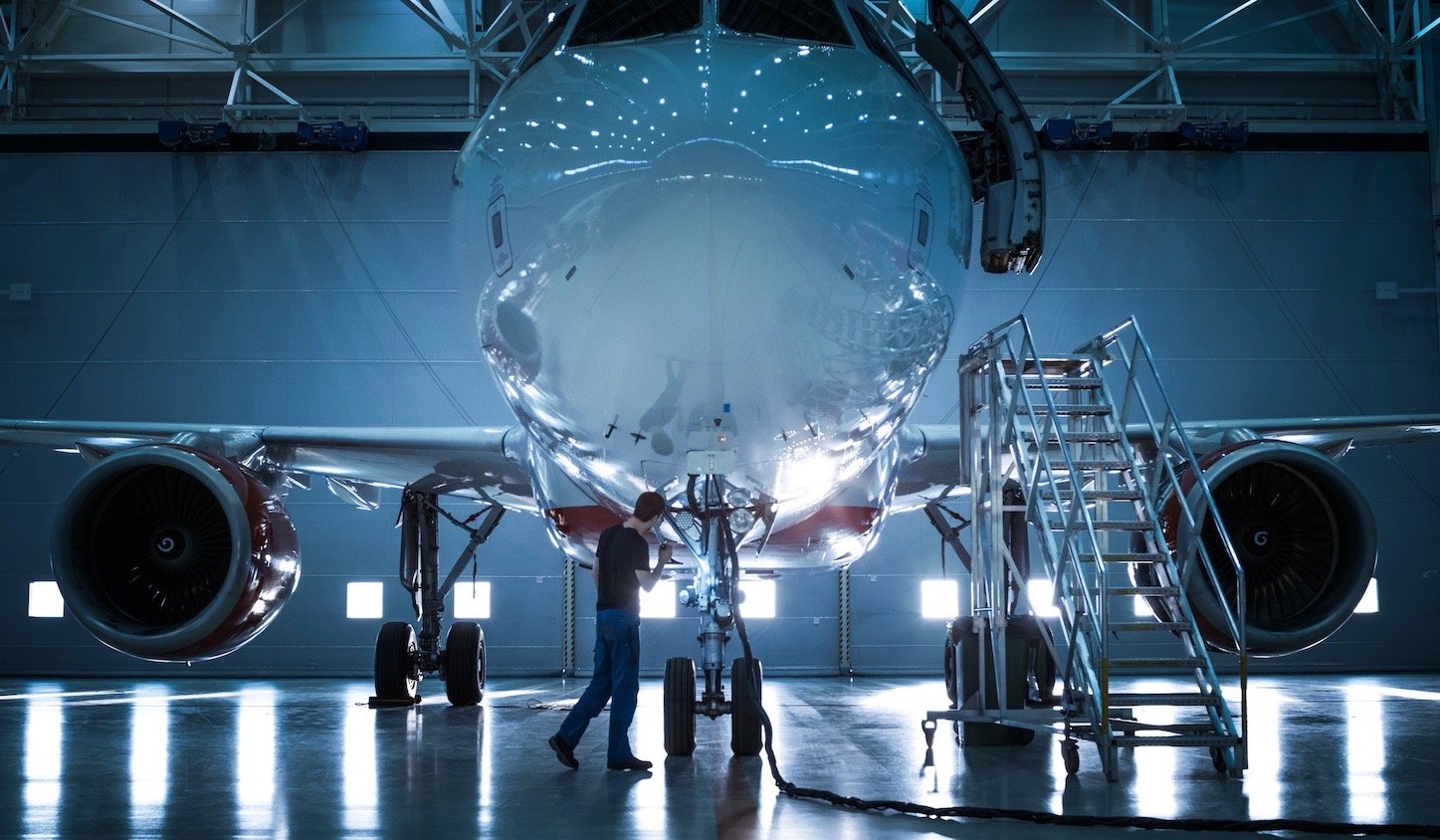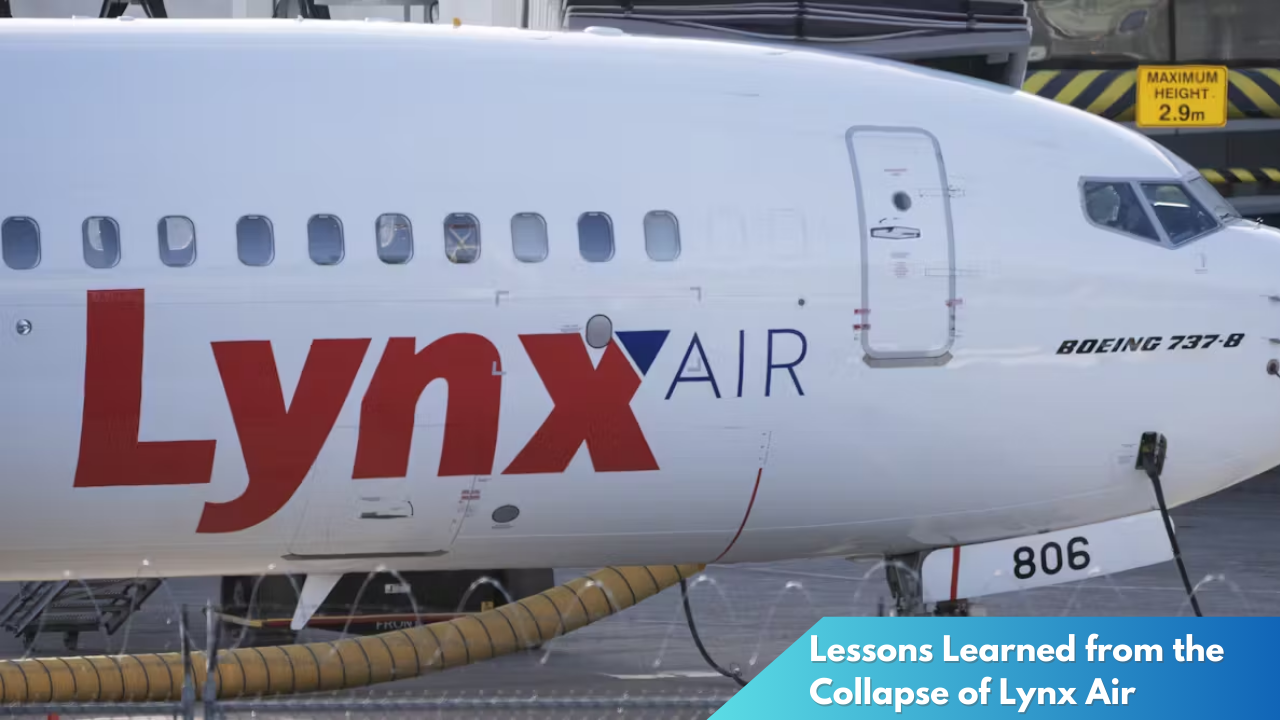Lessons Learned from the Collapse of Lynx Air
In the turbulent world of aviation, where the stakes are sky-high and the competition fierce, the collapse of an airline can send shockwaves through the industry. Lynx Air, once a promising player in the skies, met an untimely demise that left industry experts and stakeholders grappling for answers. As we delve into the events leading to Lynx Air’s downfall, lessons emerge that can offer invaluable insights for other airlines aiming to navigate the challenges of this volatile industry.
Investigating the Downfall of Lynx Air: Key Insights
Lynx Air’s collapse was not merely a consequence of market conditions but a complex interplay of internal and external factors that converged catastrophically. At the core of its downfall was an overambitious expansion strategy that outpaced its financial and operational capacities. In its drive for rapid growth, the airline overlooked critical market analyses which led to overestimating demand in several key regions. This misjudgment resulted in unsustainable route expansions and a fleet overcapacity that burdened the company with excessive operational costs.
Furthermore, Lynx Air suffered from leadership deficiencies that undermined its ability to adapt to evolving industry dynamics. The management’s failure to recognize and respond to early warning signs prevented the company from course-correcting in time. A lack of cohesive strategy and communication gaps within the executive team exacerbated these issues, leading to fragmented decision-making processes. Consequently, the airline struggled to maintain operational efficiencies and customer satisfaction, further eroding its market position.
External economic pressures also played a role in Lynx Air’s demise. The airline was particularly vulnerable to fluctuations in oil prices and currency exchange rates, which significantly increased operational expenses. Additionally, heightened competition from low-cost carriers intensified pricing pressures, eroding Lynx Air’s profit margins. These factors, coupled with a global economic slowdown, created a perfect storm that the airline was ill-prepared to weather.
Financial Missteps and Operational Failures Unveiled

Lynx Air’s financial management was riddled with missteps that ultimately contributed to its downfall. A critical error was the company’s reliance on aggressive debt financing to fuel its expansion plans. This strategy left the airline with a precarious financial structure, vulnerable to shifts in market conditions. When revenue projections fell short due to miscalculated demand, Lynx Air found itself unable to service its mounting debt, leading to a liquidity crisis.
Moreover, the airline struggled with inefficient cost management practices that further strained its financial health. Lynx Air’s operational costs were significantly higher than industry averages, partly due to its inability to optimize fuel efficiency and manage labor costs effectively. The lack of a robust cost-control framework meant that the airline could not rapidly adjust to the escalating expenses, squeezing its profit margins even thinner.
Operational failures further compounded these financial woes. Lynx Air faced recurrent issues with flight punctuality and reliability, which tarnished its reputation among consumers. Poor maintenance practices and inadequate investment in technical infrastructure led to frequent flight disruptions and cancellations. This not only resulted in direct financial losses due to compensation claims but also eroded customer trust, making it difficult for Lynx Air to retain a loyal customer base in an increasingly competitive market.
The collapse of Lynx Air serves as a cautionary tale for the aviation industry, highlighting the critical importance of prudent financial management, strategic foresight, and operational excellence. Airlines must balance ambition with pragmatism, ensuring that growth strategies are underpinned by solid financial foundations and robust operational frameworks. As the industry continues to face economic uncertainties and competitive pressures, the lessons from Lynx Air’s downfall underscore the need for agility, resilience, and strategic planning. By learning from past failures, airlines can chart a course towards sustainable success in the skies.



